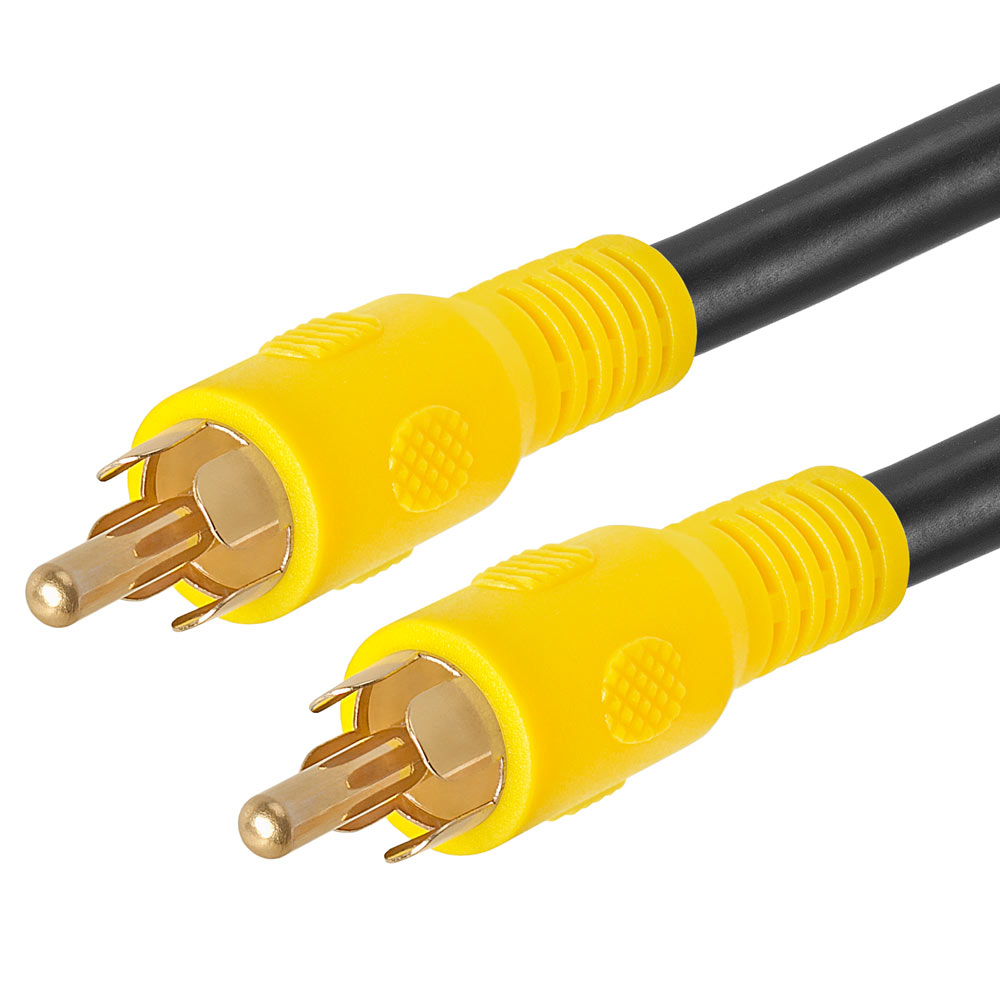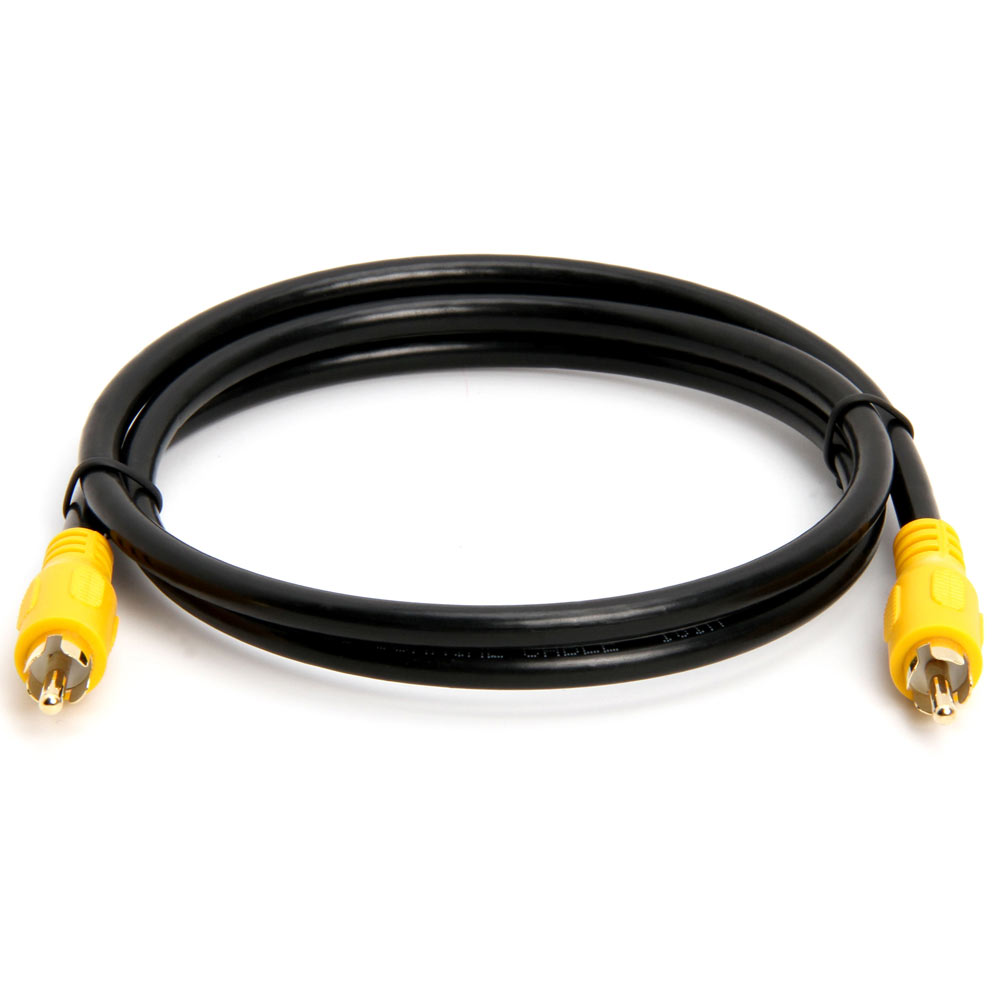Top 4 Tips To Employ In Selecting The Correct Subwoofer Cables
So, you just went all out and bought yourself the highest ranked subwoofer in the store to complement your state of the art surround sound system? At this point you probably expect – naturally – that your subwoofer delivers peak performance in terms of sound output because, after all, you did just spend a whole lot of cash on it!
Don't worry; we're not here to curb your enthusiasm, but rather to point out one crucial aspect: the importance of choosing the right cable for your system. To put it simply, not even the latest Alpine or Pioneer units can deliver optimal results if the cable connecting them to the source is subpar or just unsuitable for the job. Let's elaborate a bit on the factors that should be utilized in the selection process.
- The shielding of the cable and its noise reduction capabilities The physical process of induction is the reason why properly shielding the cables ensures that the metals will not pick up all noises and interferences generated by other electronic devices in its proximity. Basically, without any shielding, all electromagnetic pulses would be collected by the cable and transmitted to the subwoofer along with the actual signals sent by the audio source. This results in a lot of interference and "noise", turning the clean signal into indiscernible gibberish. Now, you should know that ALL cables are shielded to a certain extent, but more shielding translates into "cleaner", interference-free audio. On a side note, proper soldering and crimping at both ends of the cable also negate potential noise.
- The length, gauge and resistance of the cables The vast majority of subwoofers – particularly the ones utilized in the sound system of automobiles – rely on internal passive amplification. For this category of systems, it is ideal to keep the length of the connection cables as small as possible. The optimal gauge for shorter cables is between 10 and 12, because this way the resistance – and its potential interference in the transmission of the signal – is kept low. It is necessary to point out that you could also opt for a more expensive RCA cable that features thick internal conductors with the role of keeping resistance at a low level.
- The capacitance of the cable and its influence on the quality of the sound output Capacitance represents the amount of energy that a cable can store and it is a particularly important factor in the selection of a subwoofer cable. The reason for that is that amps and low frequencies tend to be very affected when the capacitance of the RCA cable is high, so technically it is crippling the subwoofer's ability to perform its two main jobs. Therefore, make sure that you choose an RCA cable with a very low capacitance.
- The materials from which the cable is made Some audiophiles support the idea that cables made from silver will always be inherently superior to their oxygen-free copper counterparts. In certain cases silver is better – and also a lot more expensive – than copper, but not when it comes to subwoofer cables. You see, silver is able to ensure that the higher frequencies that manifest a tendency of moving towards the exterior of the cable are kept at bay. However, since the subwoofer won't produce frequencies higher than 120 Hz, the advantage of silver over copper is null.
0





